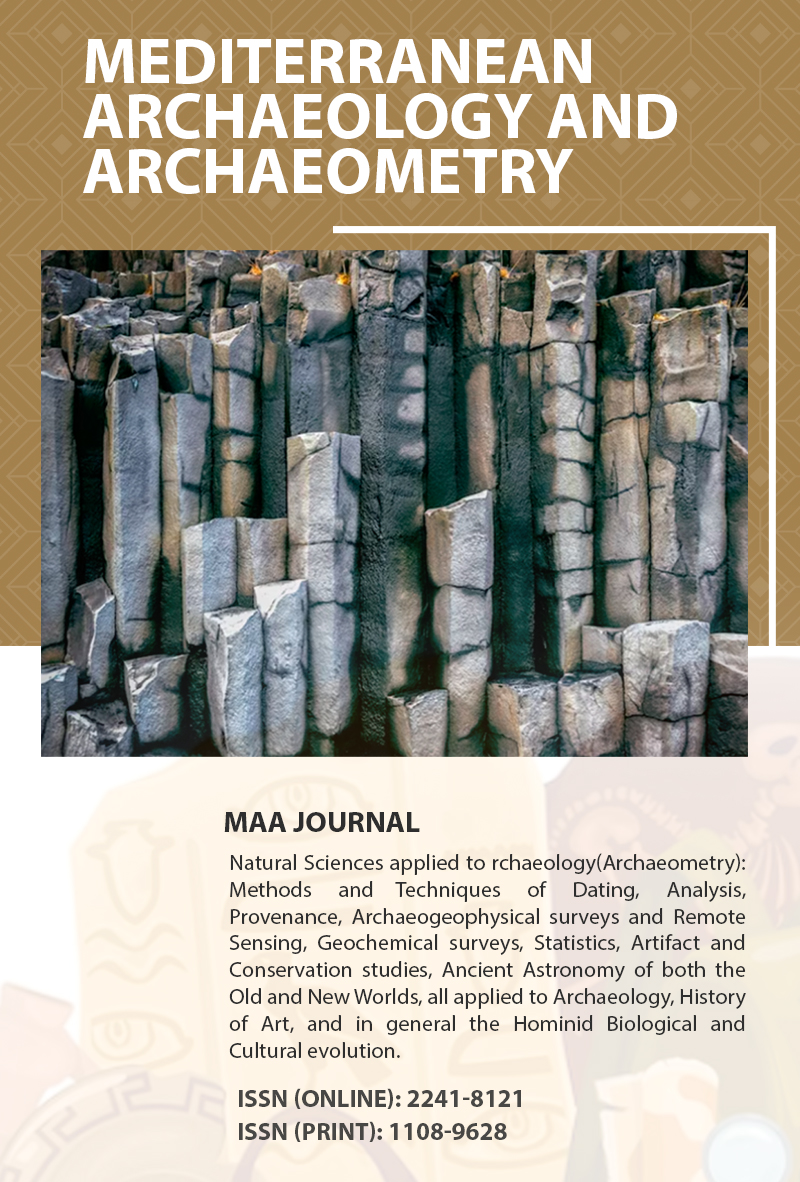Architectural Heritage Conservation in the City of Qurh: Assessing and Stabilizing Islamic Era Mud Brick Structures
Keywords:
Qurh, Mud Brick, Preservation, Calcium Hydroxide, Nanoparticles, Deterioration.Abstract
Qurh is an early Islamic city located in the al-Ula governorate, northwest of the Kingdom of Saudi Arabia. It dates to the Umayyad dynasty during the 1st/7th C AD and continued until the Abbasid era during the 6th/12th C AD. The city of Qurh occupies a strategic location on the Syrian pilgrimage route, on the bank of Wadi al-Qura, one of the most important sources that provided the city with abundant quantities of water for drinking and agriculture. The city contains a large number of buildings and various archaeological remains, some of which have been excavated and the rest, which constitutes the largest part of the city, is still under the sand. Since the main building material in Qurh is mud brick, the city's architectural structures are subject to deterioration and collapse. Mud brick is one of our ancestor’s precious legacies; however, they face changing factors of deterioration from harsh weather, which caused mud brick decay and mechanical properties reduction which need to be urgently consolidated. To our knowledge, it is the first report on the application of Calcium Hydroxide Nanoparticles Ca(OH)2. for the consolidation of mud brick deteriorated the archaeological city of Qurh in al-Ula. Nowadays, nanotechnology provides advanced concepts and new materials for the protection of mud bricks. In this study, a novel method for the consolidation of mud brick was proposed with Calcium hydroxide Nanoparticles Ca(OH)2. Mud brick was investigated, characterized by using different techniques and methods, such as Transmission Electron Microscopy (TEM), Scanning Electron Microscopy (SEM-EDX), Polarized Microscopy (PLM), X-ray Folrences (XRF) and X-ray diffraction (XRD). The results showed that Calcium hydroxide Nanoparticles have enhanced the surfaces of mud bricks. Therefore, this study aims to highlight the historical and architectural value of the city of Qurh, develop a plan to conserve the heritage buildings in the city, and treatment of mud bricks.










